As the Arctic warms, its mighty rivers are changing in ways that could have enormous consequences – not just for the Arctic but for the world.
Rivers represent the land branch of Earth’s hydrological cycle. As rain and snow fall, rivers transport freshwater runoff along with dissolved organic and particulate materials, including carbon, to coastal areas. With the Arctic now warming nearly four times faster than the rest of the world, the region is seeing more precipitation and thawing permafrost, leading to stronger river flows.
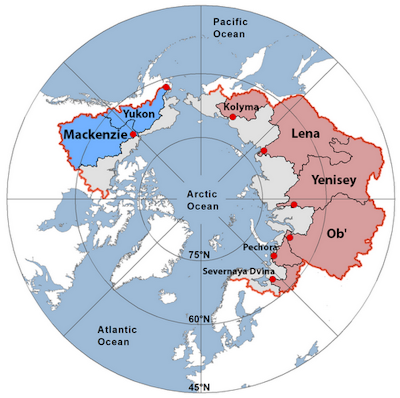
We are climate scientists who study how warming affects the water cycle and ecosystems. In a new study using historical data and advanced computer models of Earth’s climate and hydrology, we examined how climate change is altering Arctic rivers.
We found that thawing permafrost and intensifying storms will change the way water moves in and through Arctic rivers. These changes will affect coastal areas, the Arctic Ocean and possibly the North Atlantic Ocean, as well as the climate.
Thawing permafrost: major changes in Arctic soils
The thawing of permafrost is one of the most dramatic changes the Arctic experiences as temperatures rise.
Permafrost is ground that has been frozen for at least two years and often for thousands of years. It covers about 8.8 million square kilometers (about 22.8 million square miles) in Earth’s Northern Hemisphere, but that area is shrinking as the permafrost thaws.
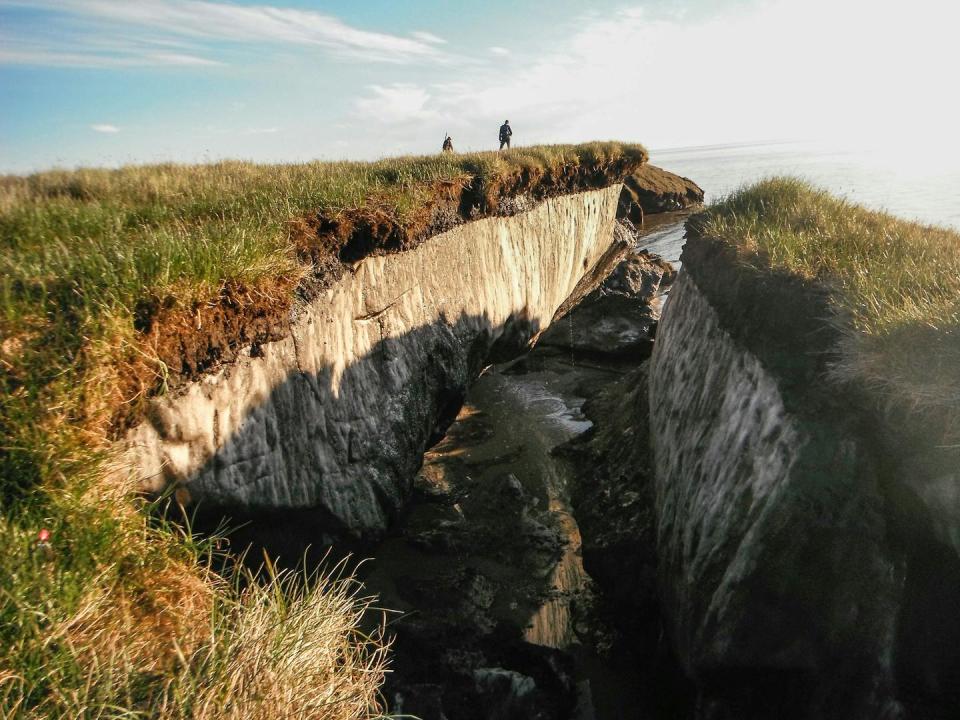

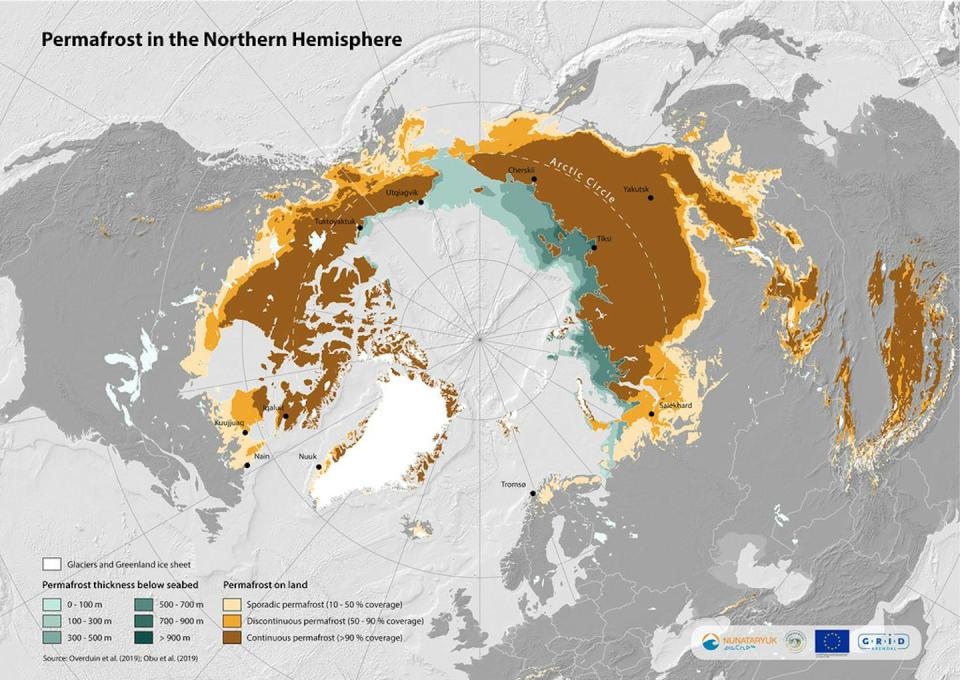

Historically, most of the water entering Arctic rivers flows on top of frozen permafrost soils in the spring. Scientists call this ‘land runoff’.
However, our results suggest that as warming continues, an increasing proportion of annual river flow will come from below the surface, through thawed soils into the degrading permafrost. As total flow increases with more precipitation, as much as 30% more of it could move underground by the end of this century as underground pathways expand.
When water flows through soil, it picks up various chemicals and metals. As a result, the water entering the rivers is likely to have a different chemical character. For example, it may contain more nutrients and dissolved carbon that can affect coastal areas and global climate. The fate of that mobilized carbon is an active area of research.
More carbon in the river water could eventually be ‘outgassed’ upon reaching calm coastal waters, increasing the amount of carbon dioxide released into the atmosphere, further fueling climate warming. The thaw also reveals other nasty surprises, such as the emergence of long-frozen viruses.
More rain and snow, more runoff
The Arctic’s water cycle is also increasing as temperatures rise, which means more precipitation, evaporation, plant transpiration and river discharges. This is mainly due to the inherent ability of a warmer atmosphere to hold more moisture. It’s the same reason bigger snowstorms occur as the climate warms.
Our study found that most of the additional precipitation will occur in the far northern parts of the Arctic Basin. As sea ice disappears in a warming climate, computer models agree that a more open Arctic Ocean will release more water into the atmosphere, where it will be transported to adjacent land areas to fall as precipitation.
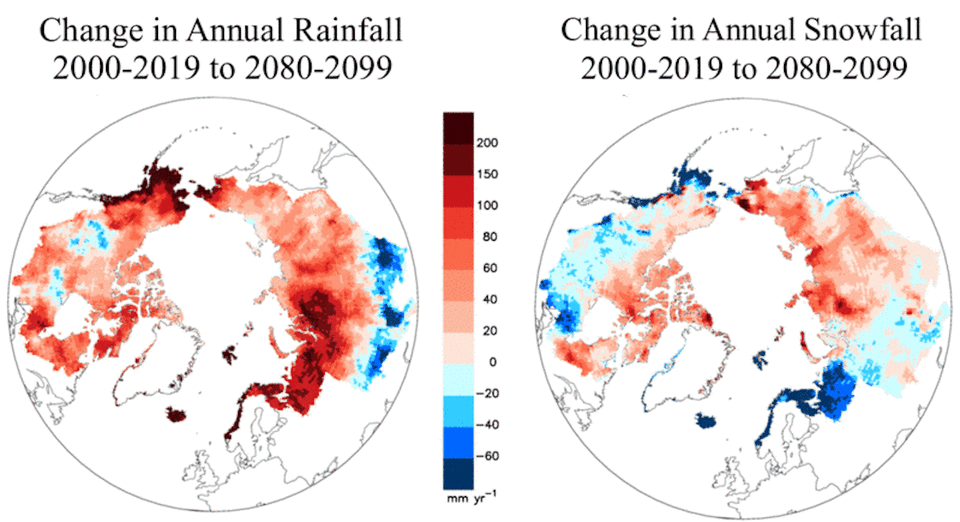

More snow in northern Alaska, Siberia and Canada will lead to more water flowing into rivers, potentially up to 25% more in a high-warming scenario, based on our research. The northern parts of the Arctic have more carbon in their soil than the south. With the thaw of permafrost, those regions will also see more water flow from below the surface into rivers, where additional soil carbon can leach into the water and become dissolved organic carbon.
More ancient carbon is already showing up in samples collected from Arctic rivers, attributed to permafrost thaw. Carbon dating shows that some of this carbon has been frozen for thousands of years.
The consequences will ripple through Arctic ecosystems
So, what does the future hold?
One of the most notable changes expected concerns the transport of freshwater and related materials, such as dissolved organic carbon and heat energy, to Arctic coastal areas.
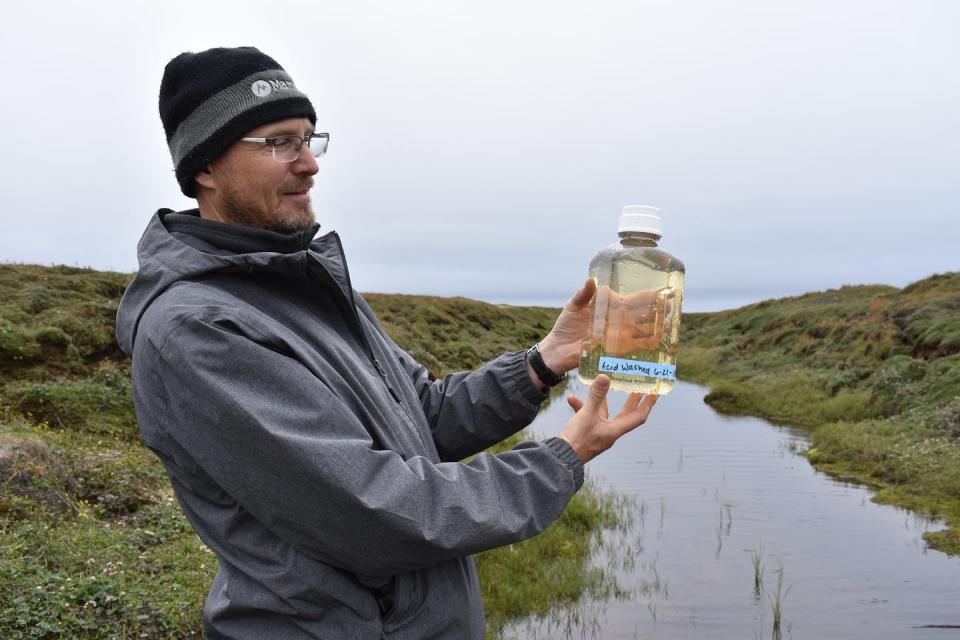

Coastal lagoons may become fresher. This change would affect organisms throughout the food chain, although our current understanding of the potential impacts of changes in fresh water and dissolved organic carbon is still unclear.
River water will also be warmer as the climate warms and has the potential to melt coastal sea ice earlier in the season. Scientists observed this in the spring of 2023, when unusually warm water in Canada’s Mackenzie River carried heat into the Beaufort Sea, contributing to the premature melting of coastal sea ice.
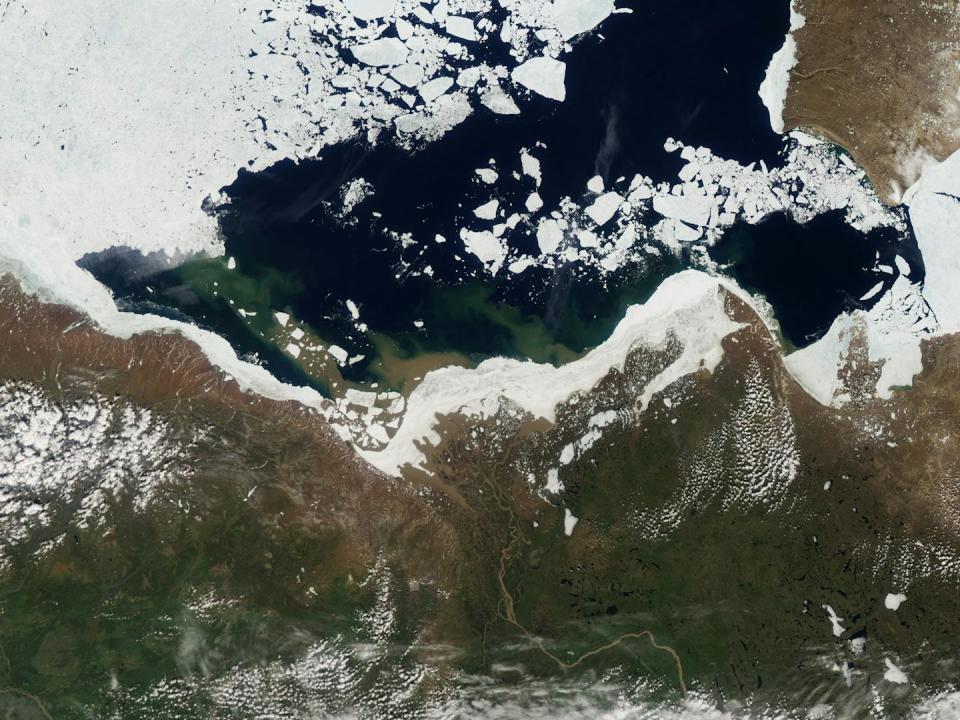

Finally, more river water reaching the coast has the potential to freshen the Arctic Ocean, especially along northern Eurasia, where major Russian rivers export vast amounts of freshwater every year.
There are concerns that rising river flows in that region are affecting the Atlantic Meridional Overturning Circulation, the currents that circulate heat from the tropics, along the east coast of the US and towards Europe. There is increasing evidence that these currents have diminished in recent years as more freshwater flows into the North Atlantic Ocean. If circulation stalls, it would significantly affect temperatures in North America and Europe.
On the coast, changing river flows will also impact the plants, animals and indigenous peoples that call the region home. For them and for the global climate, our study’s findings highlight the need to closely monitor how the Arctic is being transformed and take steps to mitigate the effects.
This article is republished from The Conversation, an independent nonprofit organization providing facts and trusted analysis to help you understand our complex world. It was written by: Michael A. Rawlins, UMass Amherst and Ambarish Karmalkar, University of Rhode Island
Read more:
Michael A. Rawlins receives funding from the Department of Energy, the National Aeronautics and Space Administration, and the U.S. National Science Foundation.
Ambarish Karmalkar receives funding from the Department of Energy and the United States Geological Survey.